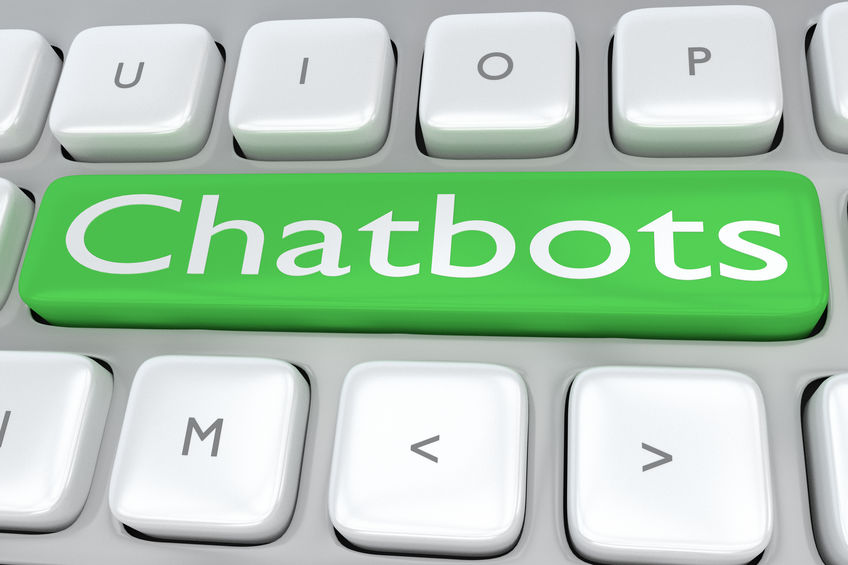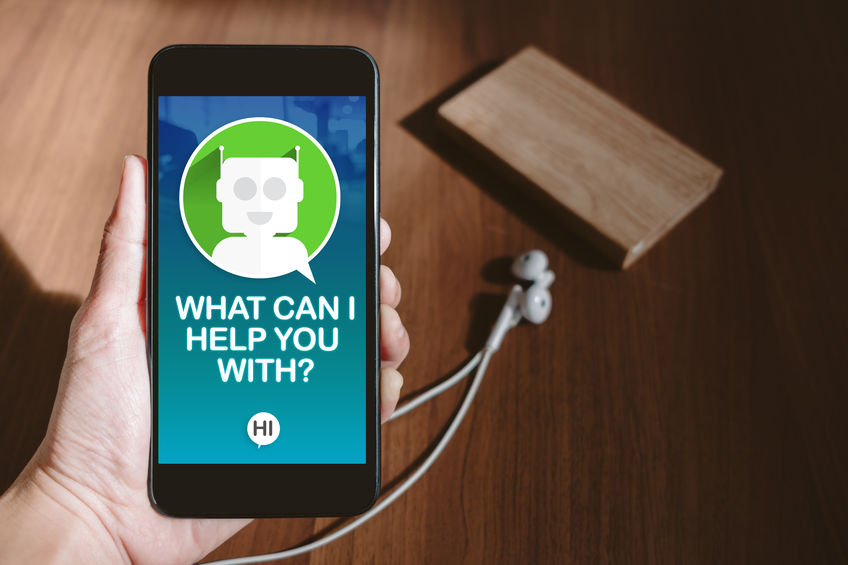
Savvy marketers know how to read the pulse of the market. They stay on top of digital trends, behavioral shifts, new regulations, social norms and technology. One development making waves in the sales and marketing world for the past few years is the chatbot. Similar to website popups, the topic of chatbots comes with some debate about their effectiveness in supporting sales, marketing and the customer experience. But consider this: 82% of users rate an immediate response as very important when they have sales questions. When they need product or service support, 90% want immediate help. Chatbots providing instant responses can propel your leads to a purchase decision or help clients stay informed and supported.
What Is a Chatbot?
A chatbot is an artificial intelligence (AI) program that simulates human interactive conversation using pre-calculated user phrases and common responses. Often, chatbots come in the form of instant messaging software but are prevalent in other communications and voice-first technology such as Apple’s Siri, Amazon Echo and Google Home as well. Chatbots have widespread use in many industries from online retail, insurance, technology, banking, hotels, real estate and healthcare.
Chatbots were one of the earliest forms of AI, with a long history dating back to the 1950s. Their widespread use began with the emergence of the internet. Today, chatbots are among the top AI tools used by businesses, but only recently did their technology become highly accessible. User-friendly software applications (such as the top-rated ones listed here) make website chatbots a reality for businesses of all sizes. You’ve likely seen their greetings pop up in the bottom corner of your desktop on various websites. They also can come in the form of automated SMS and email technology or inside apps and social media platforms.

Why Do Users Like Bots?
While there is some hesitation from businesses in using AI and chatbots, companies are starting to embrace the technology. Nearly half of consumers and clients would rather connect with a company via chat than any other means of contact. That’s significant. Some reasons today’s buyers prefer this quick interface include:
- 24-hour, on-demand help. Without a doubt, the digital marketplace has broken down borders, making national and international customers a reality. However, staffing representatives who can provide 24-hour support is a logistical and financial challenge, whether an organization has one office or 30. Chatbots remove that need. They can provide 24/7 assistance at the fingertips of prospects and customers (and for a cost far less than an employee). If the user can’t find the answer to their question, they can use the bot to schedule a time to speak with a “live” sales or support rep.
- Chatbots provide customers with base information before making a call. Customers rated the top two most frustrating aspects of getting customer service help as waiting on hold and having to repeat themselves to multiple representatives. Chatbots can aid in this process or even eliminate it completely. If users cannot get the answer to their question from chat, at a minimum they can be provided additional information or the appropriate contact to reach out. This eliminates a frustrating search through a maze of phone menus and different service departments. Communication initiates growth and shortening the length of the communication process can greatly fuel sales and service efforts.
- Ease of access. Buyers today are busy and may not have the time to scour your website’s FAQs or wait on hold for the answer to a quick question. As a business, that brief use of time can mean the difference between a purchase made and a lost lead. By providing the option to connect with a chatbot that can give direct and immediate answers to a prospect without picking up the phone or searching through multiple web pages, you enhance the customer experience. A few direct and immediate responses from a chatbot can empower your prospects with the right information to guide themselves through the sales funnel.
- Chatbots learn and support sales and marketing. Just like their human counterparts, AI is designed to learn from its interactions. The more interactions a bot takes part in, the more information it gathers to synthesize and learn from for future engagement. Additionally, this data can be used by sales and marketing teams to determine more about the buyers interacting with your bots. Chatbots aren’t just there to be a new form of FAQ. Rather, they generate useful information about how to address the needs and challenges of your target market before their first contact with a person. This option keeps your sales and marketing teams one step ahead, helping them anticipate the needs of prospects and clients and focus on nurturing leads, rather than discovering them.
Chatbots as a Cutting-Edge Tool

Despite their ability to imitate human interaction, chatbots cannot replace sales and support representatives. The human element is too vital to successful businesses. Instead, they are designed to assist and support your “live” teams. Companies that are concerned about the negative effects of AI think that putting a robot on the frontline can never be as effective as a human. Think about this way: chatbots aren’t the frontline, but rather a spear wielded by your frontline. They can do some of the initial work for your sales, marketing and customer service teams to speed up communication and therefore growth. This gives companies a competitive edge in nurturing leads, making sales and creating an exceptional user experience.
